IBM brings AI to Z series mainframes, z/OS, Cloud Paks
New AI toolkits, machine learning (ML) frameworks and AI-based private cloud tools are on their way to IBM Z-series mainframe users, as the company looks to preserve its share of the fast-growing AI marketplace.The company announced today that its newest offerings, meant to help organizations get to work on the latest and greatest in AI frameworks, will be available for IBM Z, LinuxOne, z/OS and Cloud Pak architectures. The first new feature, AI Toolkit for IBM Z and LinuxONE, is designed to help enable mission-critical business applications on open-source frameworks like IBM’s Z Accelerated line with TensorFlow, SnapML and more. A Python AI Toolkit for the underlying z/OS also provides an open-source Python library for AI/ML workloads, designed to conform with the company’s Security and Privacy by Design guidelines.To read this article in full, please click here




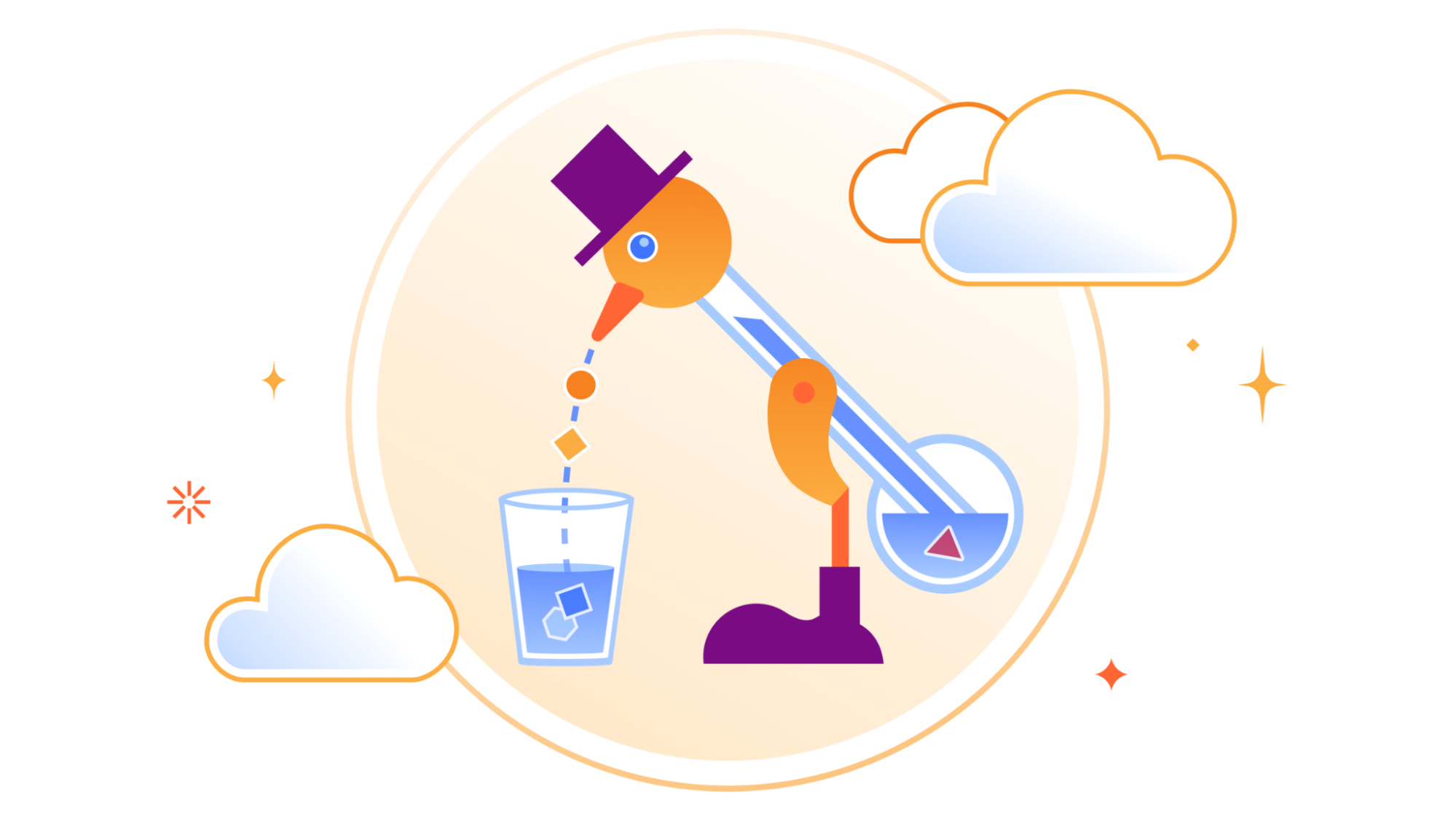
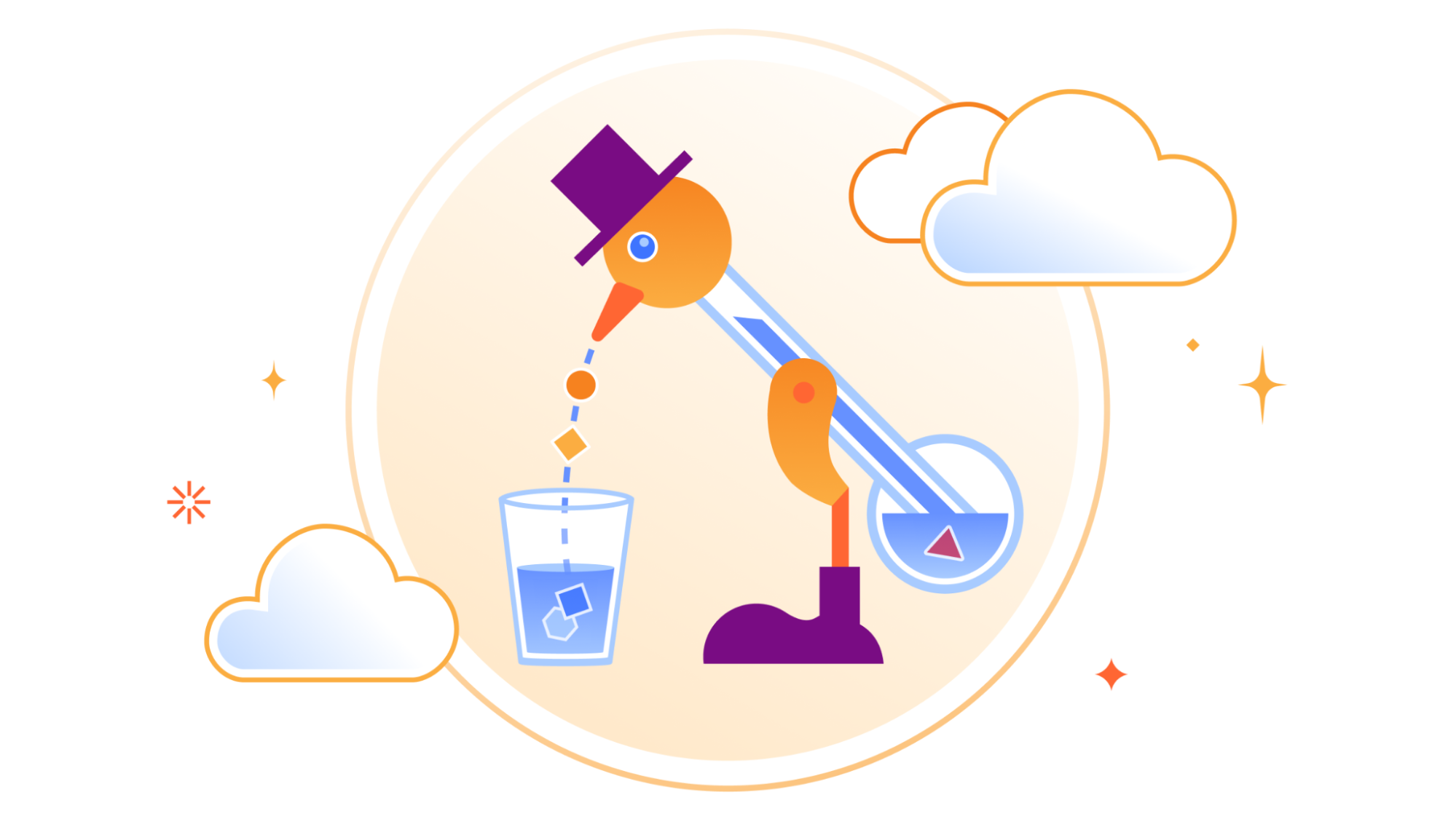


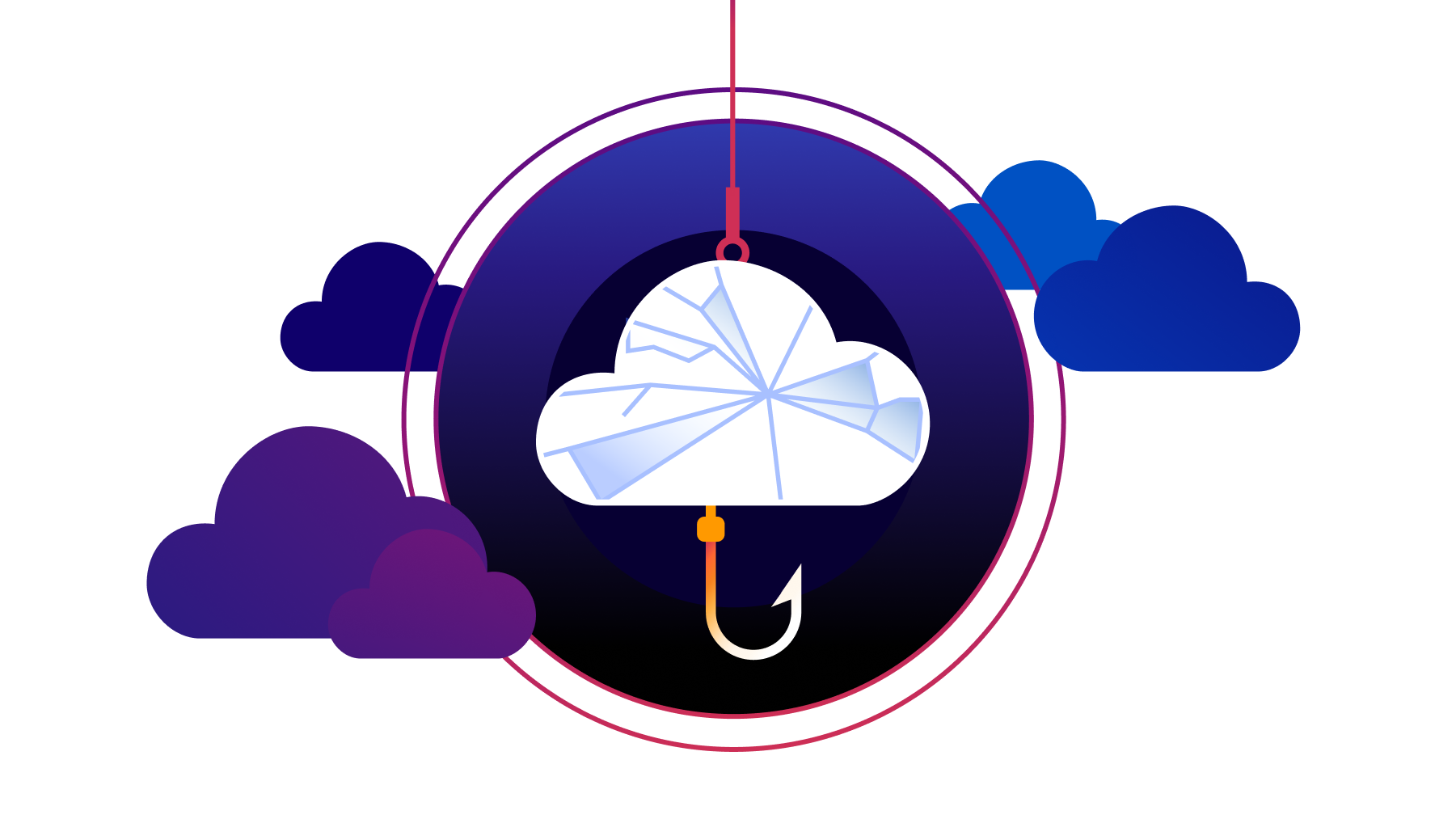
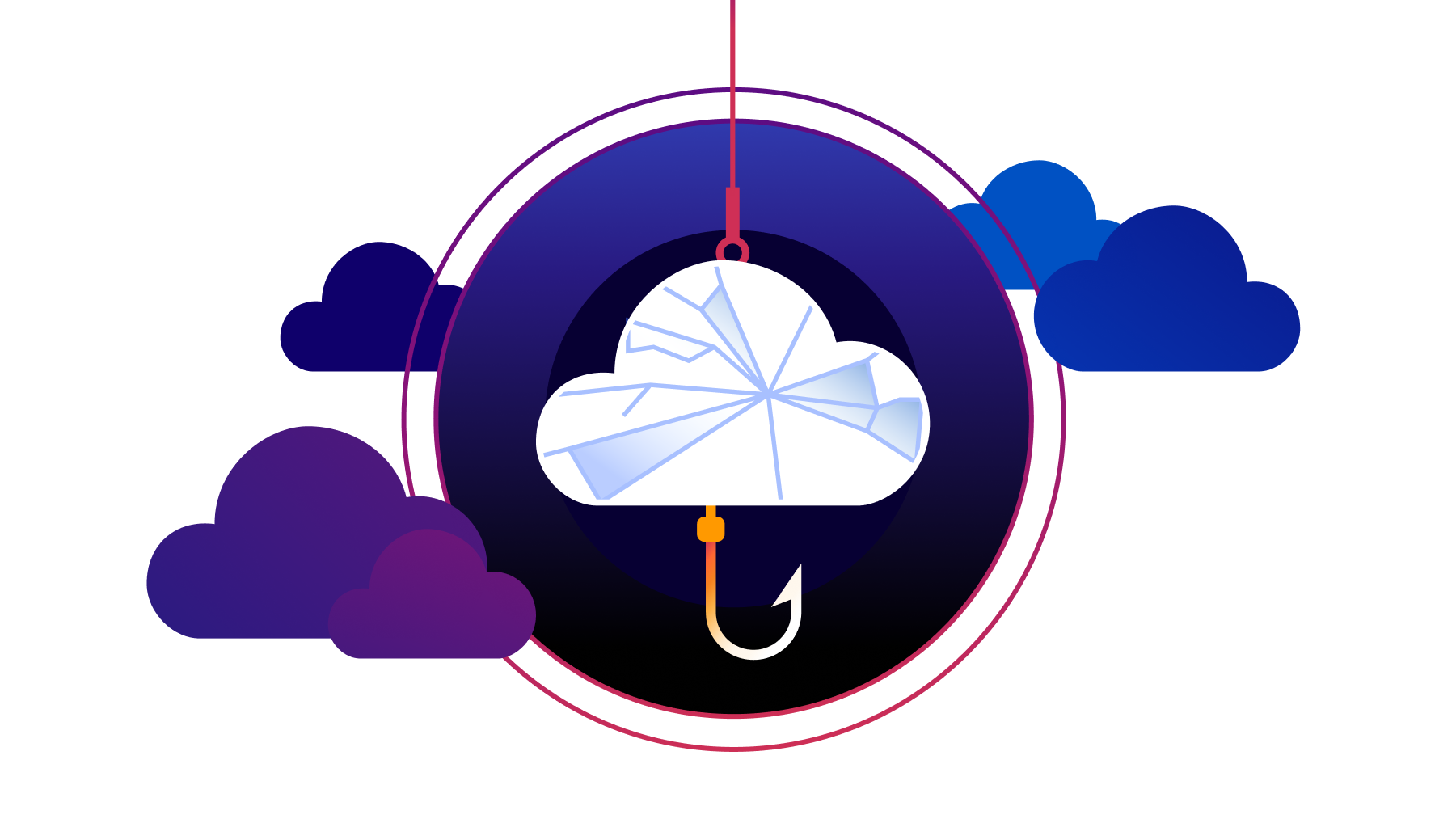


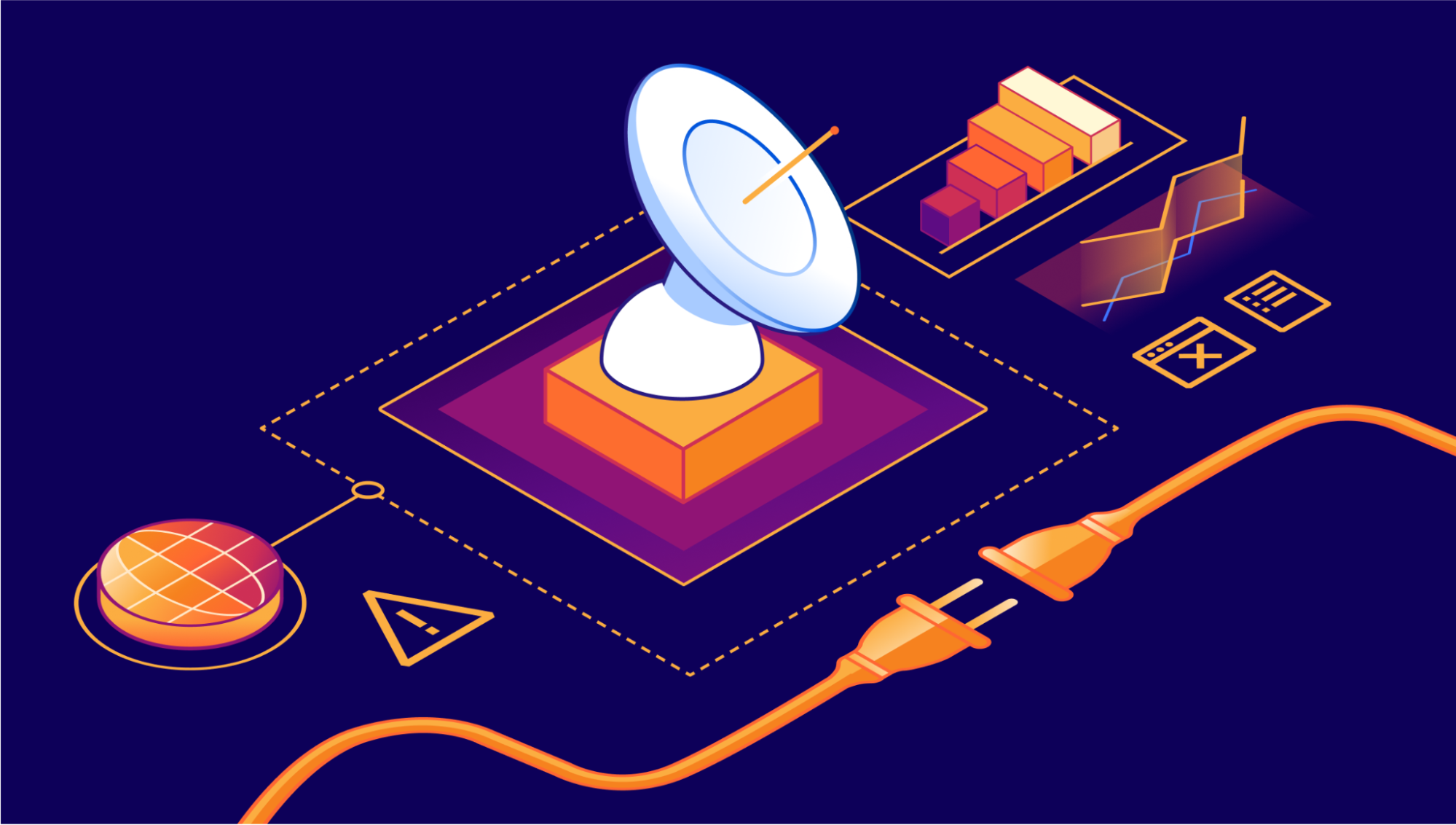

 (Target)
(Target)